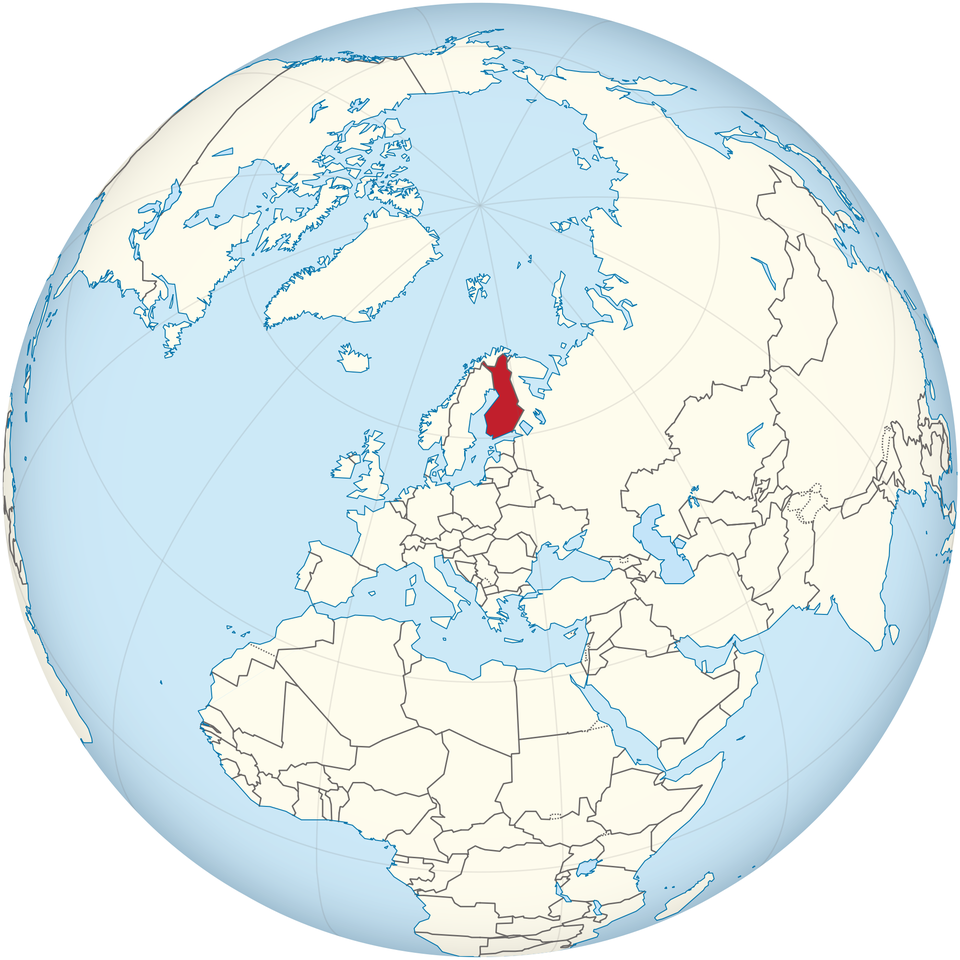
This story was produced by The Hechinger Report, a nonprofit, nonpartisan news outlet based at Teachers College, Columbia University.
SAN CARLOS, Calif. – In cities across the country, charter schools have become known for anxiety-fueled lotteries, bitter disputes over sharing buildings with traditional schools, and teaching methods that are sometimes unorthodox.
But in California, as well as some other states, charter schools have increasingly become associated with something more basic yet elusive: money.
In a state besieged by budget cuts and where per-pupil spending is among the lowest in the nation, dozens of schools converted to charters in the 1990s and 2000s in search of a funding boost.
Across the country, charter schools have access to hundreds of thousands of dollars in federal startup grants. And in California, up until this year, all charters were given the state’s average per-pupil allotment; that meant schools located in districts with below-average funding could receive additional money by chartering.
Moreover, two years ago, the Los Angeles Unified School District increased the percentage of low-income students schools needed to qualify for a federal aid program known as Title I, prompting another wave of schools to leave the traditional sector. As charters, they could keep access to the Title 1 funds even with lower percentages of low-income students.
But experts say many of these new charters have not changed much about their day-to-day operations after making the switch -- for instance, by making use of the autonomy over calendar and curriculum afforded charter schools. The experience in California has caused some experts to question whether schools should be allowed to charter solely for financial gain.
“If a charter … is just a way of infusing a school or a group of schools with additional resources, that’s just a money grab,” said Margaret Raymond, director of Stanford University’s Center for Research on Education Outcomes (CREDO). “The charter movement doesn’t accept that as a legitimate charter.”
Most states allow traditional schools to convert to become charters, but nowhere are conversions as numerous as in California. More than 220 schools in the state have switched over, according to the most recent data from the National Alliance for Public Charter Schools. About one-quarter of Los Angeles’s 284 charter schools are conversions. Several California school districts with only one school have become “charter districts.” And in at least five California districts with multiple campuses, charters now comprise nearly all of the schools. Many of these “dependent” charters retain close ties to their districts.
With the change in the formula for statewide funding, though, some of the financial incentives for chartering have been removed and the trend is slowing, according to the California Charter Schools Association.
“We’re seeing a precipitous decline,” said Jed Wallace, the association’s president and CEO.
“Charters in name only”
When charters started in Minnesota more than 20 years ago, backers envisioned them as experimental alternatives to the traditional system. However, in a growing number of communities in California and elsewhere they no longer constitute a fringe alternative.
In some cases, the change is part of a deliberate effort to create a decentralized system with largely autonomous schools. But in other cases, including some California communities, charter proponents like Stanford University’s Raymond worry that when schools convert solely for the money it could muddle the definition of charters and ultimately weaken the entire movement. They’ve even taken to calling some of the conversions Chinos, for “charters in name only.”
“There’s a subset of these conversions that aren’t charters and we shouldn’t think of them as charters,” said Bryan Hassel, co-director of Public Impact, an education reform group that works with policymakers, districts and charters. “It dilutes the concept and so it makes it less clear what a charter school really is.”
But several district administrators say they are less concerned with the state of the movement than their own needs. For instance, in San Carlos, where five out of six schools are charters, the schools began to convert in the mid-90s for financial and pragmatic reasons. At the time, California had a fairly strict textbook policy: Districts could only use textbooks on a list of ones approved by the state. San Carlos wanted to pick a textbook that wasn’t included on the list -- something only charters had the right to do, said former School Board President Beth Hunkapiller, who resigned this fall. The district also hoped to benefit from the boost in state per-pupil funding and the federal $300,000 startup grant awarded to many charters.
Most parents in San Carlos don’t realize that their students are attending charters, officials say. None of the schools have the word charter in the name. Students aren’t asked to enter a lottery to attend. And the schools still have a traditional central office and school board overseeing them.
San Carlos Superintendent Craig Baker acknowledges that his schools are charters in name alone in most respects. “I have always said that the vast majority of innovation we do, we could do without being a charter,” he said.
Nationally, conversion charter schools have grown from 422 in the 2009-2010 school year to 591 in 2012-2013. They now comprise nearly 10 percent of all charter schools. Milwaukee Public Schools, for instance, has authorized 23 conversion charter schools. Half of Arkansas’s 36 charters were once regular public schools. And in Georgia, entire school districts are allowed to convert at once. So far, 17 have done so.
The Georgia Charter School Association, however, doesn’t consider any of the conversion schools true charters under their definition, said Executive Vice President Andrew Lewis.
The California Charter Schools Association does not take so strong a stance. Wallace said he doesn’t view conversion schools as a “grave problem … but it’s certainly something we’re watching closely.”
Wallace adds that some conversion schools have come to enjoy their new freedom, and over time become charters in more than name.
Indeed, despite the fact that San Carlos chartered its schools for fairly mundane -- and financial -- reasons, Baker said chartering has created a mentality in which schools are more willing try new things, such as switching curricula. “We are emboldened by the reality that we do get to do certain things if we want to,” he said.
Over the next five years, San Carlos plans to rethink its curriculum and school day. Class sizes will become more flexible, ranging from five students to more than a hundred as students move between intense small-group project work and lectures. And cross-discipline projects will become the norm.
The schools’ charter status will help the district make many of these changes since charters have wiggle room concerning how many minutes must be devoted to each subject and who is allowed to teach what subject, district officials said.
Yet Baker hopes the district would have found a way to make the changes even if the schools hadn’t chartered. “I’ve always rejected the notion that the bureaucracy and the institution keeps us from doing things,” Baker said. But “if there’s no downside, why not have [chartering] in your back pocket?”
